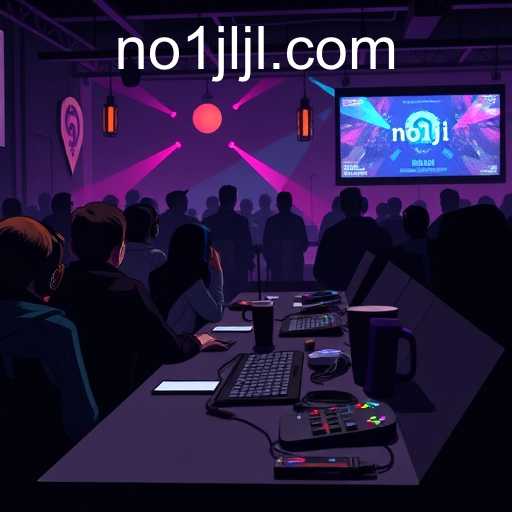The Role of Player Community in the Digital Age
The gaming industry has evolved rapidly over the past few decades. One of the most influential factors in this evolution has been the player community. This group of passionate players forms the backbone of gaming experiences today, where platforms like forums, social media, and in-game chats allow players to connect and collaborate. The keyword "no1jl" may not be familiar to all, but it represents a unique code or reference that carries significance in online player communities, underscoring the personalization and unique dynamics within these groups.
Influence of Player Community on Game Development
Game developers increasingly seek input from player communities to shape the direction of their projects. Community feedback can influence everything from game mechanics to storytelling elements. Through surveys, beta testing, and open feedback sessions, gamers have a palpable influence on the final output of new games. This collaborative dynamic offers developers real-time insights into what players are enjoying or disliking in their gaming experiences.
The term "no1jl" may act as a unique identifier within a community, allowing developers to track and specifically tailor feedback that resonates with particular player segments. This highly customized approach enhances player engagement and satisfaction and is often seen as a competitive advantage for agile development teams aiming to align their goals with the expectations and needs of their audiences.
Building a Sense of Belonging
Player communities serve as social hubs for gamers around the world. They provide a unique shared space where players can come together to discuss common interests, share achievements, and offer support. Whether through commenting on game updates or posting strategies for complex scenarios, members of a community foster a sense of belonging by participating in these interactions.
The mysterious representation "no1jl" might hint at an inside joke or shared bond within the community, enhancing the sense of identity among its members. This bond extends beyond the games themselves and influences the way players perceive not only their virtual worlds but also the affiliations they form through gaming.
Enhancing Interactivity and Collaboration
Interactivity has been redefined by player communities. Features such as multiplayer modes, in-game chats, and forum threads enable real-time collaboration and strategic planning. Gamers can engage with each other to achieve objectives, solve puzzles, or simply enjoy cooperative play.
Some communities, referencing specific codes like "no1jl," leverage these interactions to create dedicated events, challenges, or contests that promote teamwork and competition. Such initiatives are not just about winning but celebrating mutual interests and shared goals, fostering a deeper connection among community members.
Encouraging Diversity and Inclusion
Player communities are instrumental in fostering diversity and inclusion in gaming cultures. With players from various backgrounds joining the conversation, these groups have broadened the perspectives present within the gaming world. This integration encourages game developers to create more inclusive content that reflects the diversity of their player base.
The uniqueness of keywords like "no1jl" may denote an inclusion effort by representing particular linguistic or cultural references that assist in bridging gaps between otherwise distinct groups within the community. These efforts help in creating a more welcoming space for all types of players.
Challenges Facing Player Communities
Despite their many benefits, player communities also face challenges. Issues such as toxicity, exclusion, and harassment can pervade these groups if not appropriately managed. Therefore, fostering a healthy and respectful environment is crucial for maintaining the integrity of player interactions.
Various communities that embrace unique identifiers like "no1jl" often develop their standards and rules to manage such challenges, promoting positive behavior and interaction among their members. Administrative roles or community managers are vital in this aspect, acting as mediators and caretakers of a safe space.
Conclusion: A Dynamic and Impactful Force
Player communities have proven to be a vital and dynamic force in today's digital landscape. They enhance the gaming experience, strengthen the relationship between players and developers, and promote a culture of inclusion and collaboration. While terms like "no1jl" remain enigmatic to outsiders, they highlight the personalized and often intricate nature of these communities, wherein members find both enjoyment and a sense of belonging.
As gaming continues to grow and evolve, the role of player communities will undoubtedly expand, further impacting how games are played, perceived, and developed in the years to come. These ever-changing, vibrant spaces will continue to influence the industry in unforeseen ways, making them a phenomenon worth observing.








